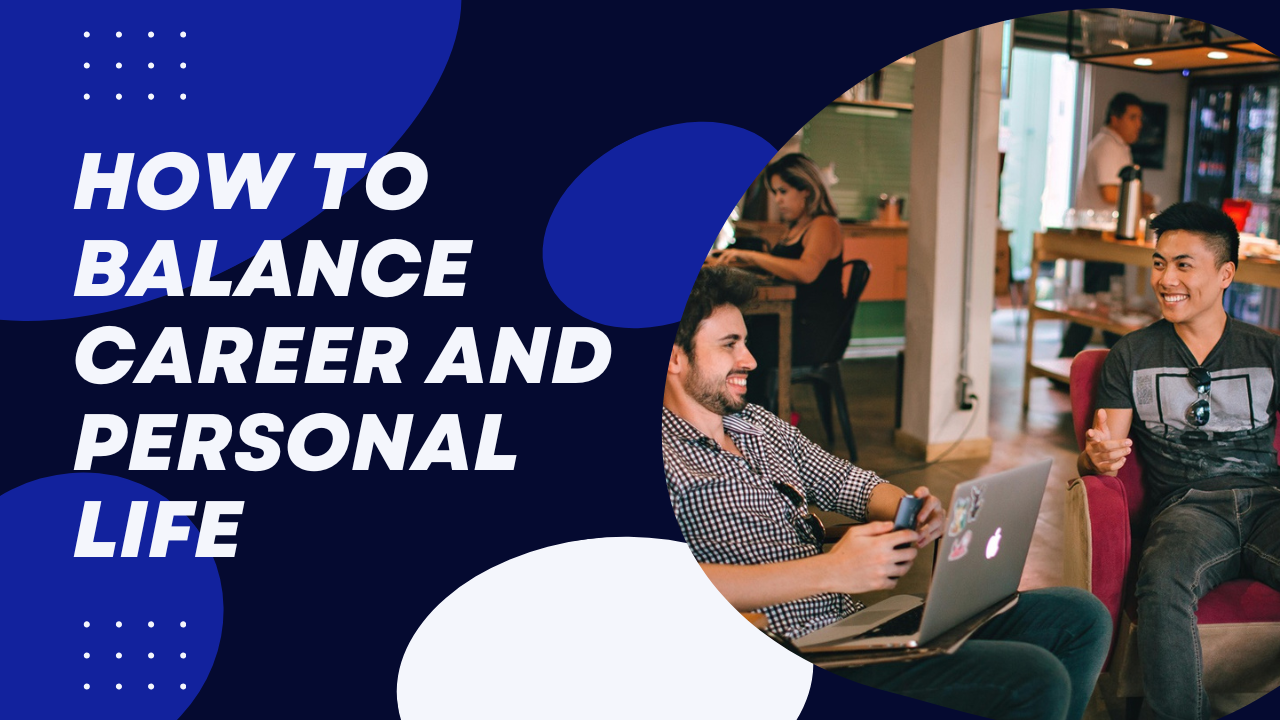In the fast-paced world of modern careers, the traditional concept of work-life balance feels increasingly outdated. For professionals in their 30s and 40s, the key isn’t about creating a strict separation between work and personal life, but about crafting a harmonious integration that allows both to thrive.
The Myth of Work-Life Balance
Gone are the days when success meant rigidly compartmentalizing your professional and personal worlds. The old model of “9-to-5” work and clear-cut boundaries no longer reflects the dynamic, interconnected nature of modern professional lives. Instead, work-life integration offers a more flexible, holistic approach to personal and professional fulfillment.
What is Work-Life Integration?
Work-life integration is about creating a seamless approach to your professional and personal responsibilities. It’s not about perfect equal time allocation, but about finding synergy between your career goals, personal passions, and overall life satisfaction.
Practical Strategies for Effective Integration
Align Your Career with Your Personal Values
Achieving true work-life integration begins with a deep examination of personal and professional alignment. This means taking a critical look at how your career trajectory intersects with your core personal values. Professionals should reflect carefully on whether their current path truly supports their broader life objectives and the impact they want to make in both their professional and personal realms.
Consider conducting a thorough self-assessment that goes beyond traditional career planning. Explore how your professional skills can contribute to your personal growth, and conversely, how your personal experiences can enhance your professional capabilities. This holistic approach transforms your career from a mere job into a meaningful journey of personal and professional development.
Embrace Flexibility and Technology
Modern technology has revolutionized the way we approach work and personal life. Today’s professionals have unprecedented opportunities to create flexible working arrangements that adapt to their unique lifestyles. This means going beyond traditional office hours and exploring remote work options, leveraging digital tools that enhance productivity, and creating personalized boundaries that support both professional success and personal well-being.
The key is to view technology as an enabler of integration rather than a source of constant connectivity. Utilize productivity apps that help sync personal and professional tasks, implement communication tools that streamline work processes, and create digital systems that reduce mental load and increase overall efficiency.
Prioritize Holistic Well-being
Integration is fundamentally about managing energy, not just time. Successful professionals understand that their ability to perform at work is directly connected to their overall well-being. This means developing morning routines that prepare you for both professional and personal challenges, practicing mindfulness to maintain focus and reduce stress, and investing consistently in your physical and mental health.
Holistic well-being is not a luxury but a fundamental requirement for sustainable success. It involves creating a lifestyle that supports your professional ambitions while nurturing your personal growth, ensuring that you have the mental and physical resilience to navigate complex professional and personal landscapes.
Develop Transferable Skills
The most successful professionals recognize that certain skills are valuable across both professional and personal domains. Focus on developing capabilities that have broad applications – communication skills that work equally well in boardrooms and family discussions, leadership abilities that translate across different contexts, and emotional intelligence that enhances relationships both at work and at home.
These transferable skills become powerful tools for integration, allowing you to approach challenges with a more holistic and adaptable mindset. They break down the artificial barriers between professional and personal development, creating a more unified approach to personal growth.
Create Intentional Boundaries
Integration doesn’t mean constant work or constant availability. It requires creating intentional boundaries that protect your time, energy, and personal space. This involves setting clear expectations with employers and family members, learning to say no to commitments that don’t align with your core goals, and scheduling dedicated time for work, personal development, and relationships.
The art of creating boundaries is about quality, not quantity. It’s about ensuring that when you’re working, you’re fully present, and when you’re with family or pursuing personal interests, you’re equally engaged and committed.
Overcoming Common Challenges
Managing Guilt and Expectations
Many professionals struggle with internal and external pressures that challenge their approach to work-life integration. There’s often a persistent feeling of not doing enough at work or at home, coupled with external expectations to conform to traditional work models. The key is to recognize that your integration strategy is uniquely yours.
Develop a strong sense of self-confidence that allows you to design an approach that works for you, regardless of conventional wisdom. This means being comfortable with your choices and understanding that there’s no universal template for success.
Financial Considerations
Work-life integration often requires strategic financial planning. This might involve negotiating flexible working arrangements, investing in personal development, creating multiple income streams, and planning for long-term financial stability. It’s about seeing your financial strategy as an integral part of your overall life design.
Consider working with a financial advisor who understands the nuanced approach of work-life integration. They can help you develop a financial plan that supports your holistic life goals, rather than treating professional and personal finances as separate domains.
Technology and Integration
Leverage technology as a strategic tool for integration. Modern digital solutions offer unprecedented opportunities to create more flexible and efficient approaches to work and personal life. Use project management tools that help track both professional and personal goals, implement time-tracking apps that provide insights into your energy and productivity, and create digital systems that reduce mental load.
The Personal Growth Perspective
Work-life integration is ultimately a journey of continuous personal growth. It requires a commitment to self-discovery, adaptability, intentional living, and lifelong learning. This approach transforms integration from a management challenge into an opportunity for profound personal and professional development.
Practical Action Steps
- Conduct a comprehensive personal and professional audit that examines your current approach to work and life.
- Identify and clarify your core values, both personal and professional.
- Design a flexible integration strategy that reflects these values.
- Implement your strategy gradually, allowing for adjustment and refinement.
- Regularly reassess and adapt your approach as your life circumstances evolve.
Final Thoughts
Work-life integration is not a destination but a dynamic, ongoing process. It requires self-awareness, intentionality, and the courage to design a life that truly reflects your unique aspirations and values.

Remember, there’s no one-size-fits-all approach. Your integration strategy should be as unique as you are. Be patient with yourself, remain flexible, and focus on creating a life that feels both professionally successful and personally fulfilling.
